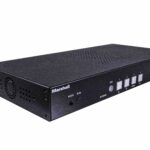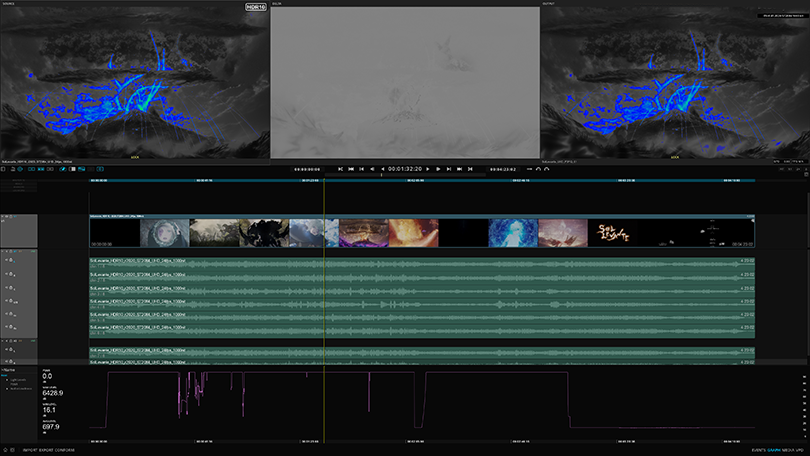Marquise Technologies has announced groundbreaking features for the in-depth assessment of HDR and NGA content masters and distribution files within the Advanced QC Player ICE Studio.
The company , a leading provider of cutting-edge solutions for digital cinema post-production, the broadcast industry, and OTT content providers, will showcase these tools at this year’s IBC show in Amsterdam.
ICE Studio, an advanced player designed for the meticulous inspection of high-end masters, now boasts an exceptional feature – the Delta Map.
This tool, displayed as a third viewport, offers real-time visualization of color differences, image variations, and PSNR (Peak Signal-to-Noise Ratio) values throughout the timeline, together with the live image of the two contents in comparison.
ICE Studio’s capabilities are further enhanced with the introduction of the Timeline Graph, a new section displaying the outcomes of various video and audio quality analyses within the timeline context.
Loudness, PSNR, Bitrate, Luminance with MAX FALL and MAX CLL analyses can now be examined in detail, from the entire content length down to individual frames. Additionally, the Timeline Graph enables the import of external data, such as a PSE Harding test.
ICE Studio now includes repair functions, allowing users to rewrap IMF, DCP, or other common deliverables in conformity with industry standards after a validation revealing issues.
Laurence Stoll, CEO of Marquise Technologies, said: “The widespread adoption of HDR and NGA technologies in the streaming industry has introduced new challenges in content verification, spanning from the post-production stage to the viewer’s final experience.
“We focus on continuously providing our customers with cutting-edge tools that empower them to understand and deliver the highest quality content.”
MIST, Marquise Technologies’ mastering solution, has seen significant efficiency enhancements for content versioning. New tools facilitate the conversion of masters into downstream versions, without extensive manual settings.
The Convert tool automatically changes the resolution and the frame rate, performs time stretch, converts from HDR to SDR and configures the video output settings for an immediate preview of the result without the need to make a render.
Furthermore, the Copy Track feature streamlines the merging of two distinct IMF’s CPL into a dual-language version file for linear or streaming purpose.
A new Audio track layout management now permits any kind of audio configuration to be presented with another layout.
This feature is also available in ICE Prime, the Desktop Reference player, facilitating the audio mixes monitoring, especially in files with multiple discreet channels conveying different languages.
Both MIST and ICE support the EBU QC, a new common language and methodology to exchange information between QC tools and users.
TORNADO, the media processing server from Marquise Technologies, now offers enhanced validation and analysis capabilities.
This permits automation, whether on-premises or in the cloud, for complex workflows applied to large volumes of content, including metadata detection, transcoding (including frame rate and color space conversions), virtual editing, validation, and repair.
Visit Marquise Technologies at Amsterdam RAI, Hall 7, Booth 7.D47.





